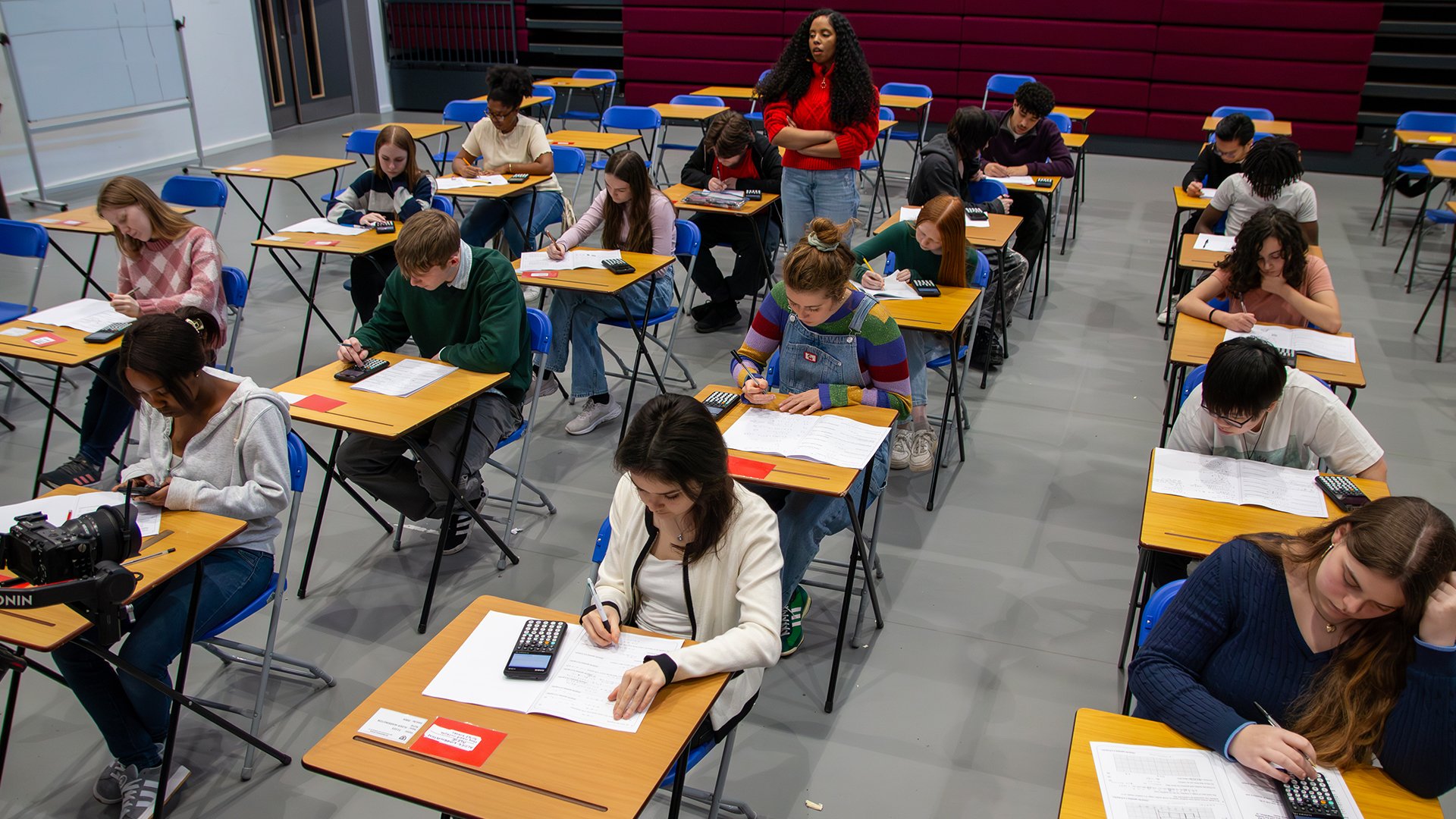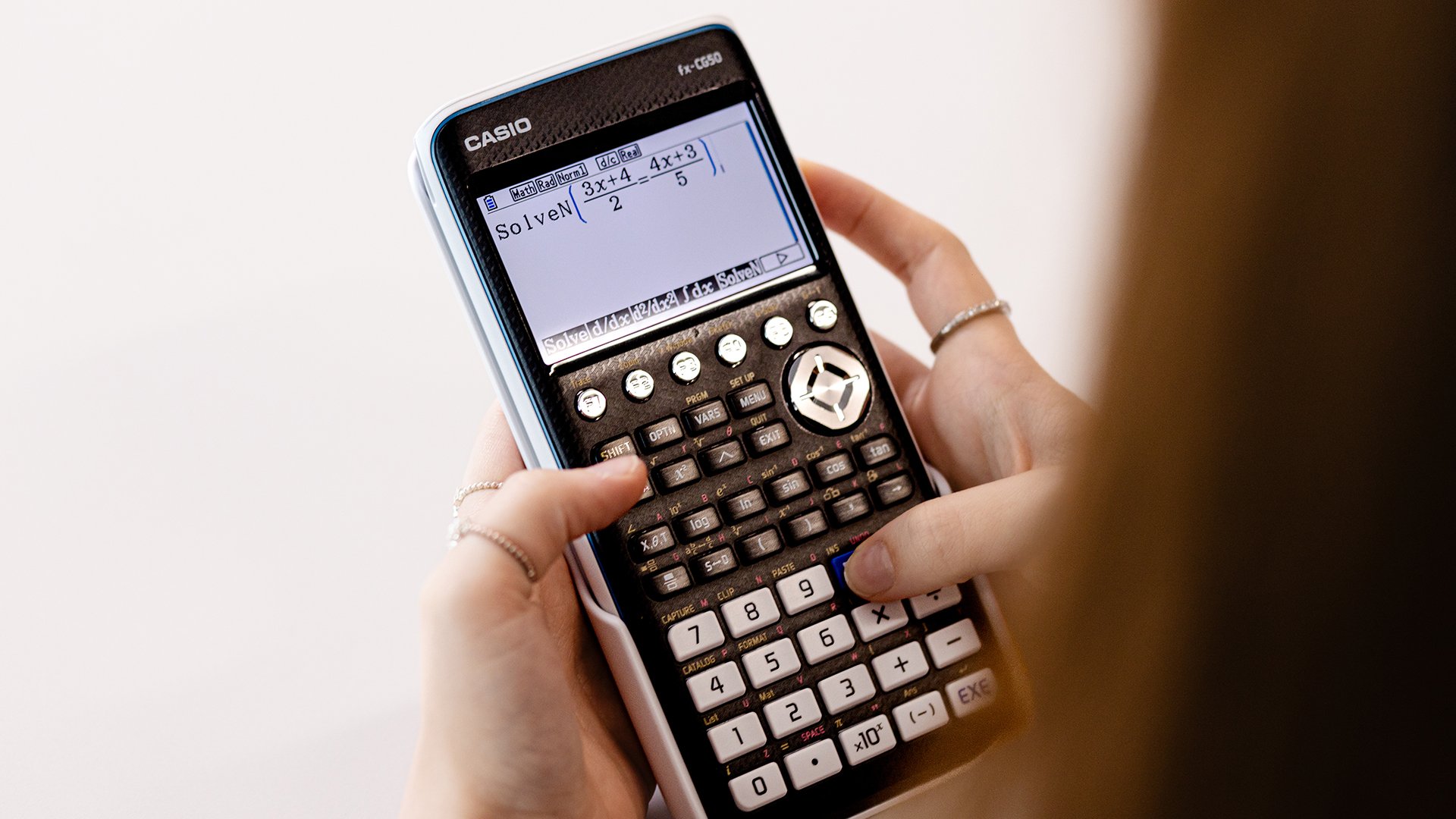Mathematical proofs: why they matter in A-level maths and beyond
Explore some examples and real-world applications of mathematical proofs, a key part of the A-level maths syllabus.
Mathematical proof is a core element of A-level maths that helps students develop logical thinking and a deeper understanding of mathematical concepts.
In this article, we’ll focus on these key points and themes:
- What is a mathematical proof?
- Some examples of mathematical proofs
- Why this concept is important
- How mathematical proofs are applied in the real world
What is a mathematical proof?
A mathematical proof is a logical argument that establishes the truth of a statement using accepted principles, definitions and previously proven results.
In A-level maths, proof is used to show that a statement holds true in all cases, leaving no room for doubt or exception. In other words, it’s not just about getting the right answer – it’s about demonstrating why the answer is correct.
Mathematical proofs are essential for building confidence in the validity of formulas, theorems and identities. They also help to encourage precision and clarity in your reasoning, which is a key skill both in exams and in many real-world disciplines.
Types of mathematical proofs
Deductive proof
uses a series of logical steps based on established facts to arrive at a conclusion. It’s the most common type used in A-level maths exam questions.
Proof by exhaustion
involves checking all possible cases one-by-one to show that a statement is always true. It’s often used when there are a limited number of scenarios.
Disproof by counter-example
demonstrates that a general statement is false by providing a single example that contradicts it.
Proof by contradiction
starts by assuming the opposite of what you want to prove, then shows this assumption leads to a contradiction, meaning the original statement must be true.
Practical examples of A-level maths proofs
Understanding A-level maths proofs becomes easier when you see them in action. For example, you might be asked to prove that the sum of two even numbers is always even. This type of question involves using algebraic proof techniques – expressing even numbers as 2n and 2m, then showing their sum (2n + 2m = 2(n + m)) is divisible by 2.
In trigonometry, you may need to prove identities such as sin²θ + cos²θ = 1. This is a classic example that tests your grasp of proof techniques in A-level maths through logical reasoning and function manipulation.
Casio scientific and graphic calculators can support your understanding of trigonometric identities by allowing you to evaluate expressions like sin²θ + cos²θ for different values of θ. While you still need to provide a formal proof, checking values numerically can help you build confidence and identify patterns.
Another common scenario involves geometric proofs, such as demonstrating why the angles in a triangle always sum to 180°. These questions often combine deductive reasoning in mathematics with diagram-based logic.
When doing A-level maths revision, it’s useful to practise a variety of these proof types. They can help you build fluency with mathematical theorems and logic, and prepare you for structured, mark-heavy questions in exams.
Why proofs are important
In A-level maths and beyond, proofs are more than just academic exercises. They’re important tools for understanding, verifying and communicating mathematical ideas. Rather than relying on intuition or examples alone, proofs provide a solid foundation for certainty in mathematics.
- They establish truth
Proofs provide a rigorous way to confirm the validity of mathematical statements, ensuring they are true in all possible cases, not just a handful of examples. This absolute certainty is one of the key features that distinguishes maths from other disciplines.
- They help to avoid errors
By using deductive reasoning, mathematical proofs help identify and eliminate errors in logic or incorrect assumptions. This precision is particularly important when working with complex problems where small mistakes can have big repercussions.
- They build knowledge
Every new theorem or result in mathematics builds upon what has already been proven. Proofs link concepts together, allowing mathematicians to develop new theories based on a well-established logical framework.
- They foster critical thinking
Constructing and analysing proofs sharpens logical reasoning and encourages problem-solving from multiple angles. These skills are not only important to succeed in A-level maths, but also valuable in everyday decision-making and many professional fields.
- They communicate mathematical ideas
Proofs serve as a universal language for mathematicians. By presenting ideas clearly and logically, they ensure that conclusions are understood, verified and accepted across the mathematical community.
Real-world applications of maths proofs
Mathematical proofs are a key part of A-level maths revision and studies, but their relevance extends far beyond the classroom. Proofs underpin the logic and reliability of countless real-world systems, from the technology we use every day to complex economic models.
By applying rigorous reasoning, proofs help professionals ensure systems are dependable and crucial decisions are based on solid foundations.
Computer science
Mathematical proofs play a vital role in computer science, where precision and reliability are non-negotiable.
- Algorithm verification: Proofs ensure algorithms function correctly and meet specific performance goals, which is highly important in systems like encryption, data processing and search engines.
- Software reliability: Formal proof techniques are used to verify software code for accuracy, especially in critical applications such as aviation and automotive control systems, medical devices and financial transaction platforms.
By verifying every possible outcome, developers can reduce bugs and improve security.
Engineering
Engineering relies heavily on mathematics, and proof-based thinking helps guarantee safety and efficiency.
- Structural design: Geometric proofs are used to calculate load-bearing limits and structural integrity, helping to design stable bridges, buildings and machines.
- Optimising algorithms: Engineers apply proof techniques to fine-tune algorithms used in simulations, control systems and other key components of their jobs.
This ensures high performance and cost-effectiveness in complex engineering projects.
Economics
Economists use mathematical proofs to make sense of complex systems and predict outcomes.
- Game theory: Proofs may be used to identify equilibrium points in competitive situations, helping to model rational choices in economics and politics.
- Financial modelling: Mathematical reasoning supports key economic and commercial activities such as risk analysis, pricing models for financial products and forecasting.
These models rely on solid proofs to maintain accuracy and reliability.
Other fields
Even outside technical subjects, the techniques involved in mathematical proofs can offer broad benefits.
- Critical thinking: Learning how to construct and analyse proofs strengthens analytical thinking – a valuable skill in fields as diverse as law, philosophy and policymaking.
- Logical reasoning: Understanding how conclusions are reached step-by-step can help to improve everyday decision-making and communication.
- Invention and innovation: Proof-based thinking helps challenge assumptions, uncover patterns and inspire creative problem-solving across a wide range of sectors and professions.
Diving deeper into mathematical proofs
If you’re interested in taking a more detailed look at proofs as part of your A-level maths revision, there are plenty of resources available to help you do it.
On the Bicen Maths YouTube channel, for example, you can find videos covering deduction and exhaustion, and proof by contradiction.
We also recommend using the various tools available on a scientific or graphic calculator to help you investigate and formulate mathematical proofs.
On a graphing handset such as the new fx-CG100, for example, you can use Table mode to work through the following task:
Show your evidence and make a clear conclusion
Create a table of values of x2 + x + 11 for integer values of x from 1 to 20
Use your table to prove that the following statement is false:
x2 + x + 11 is a prime number for all positive integer values of x




